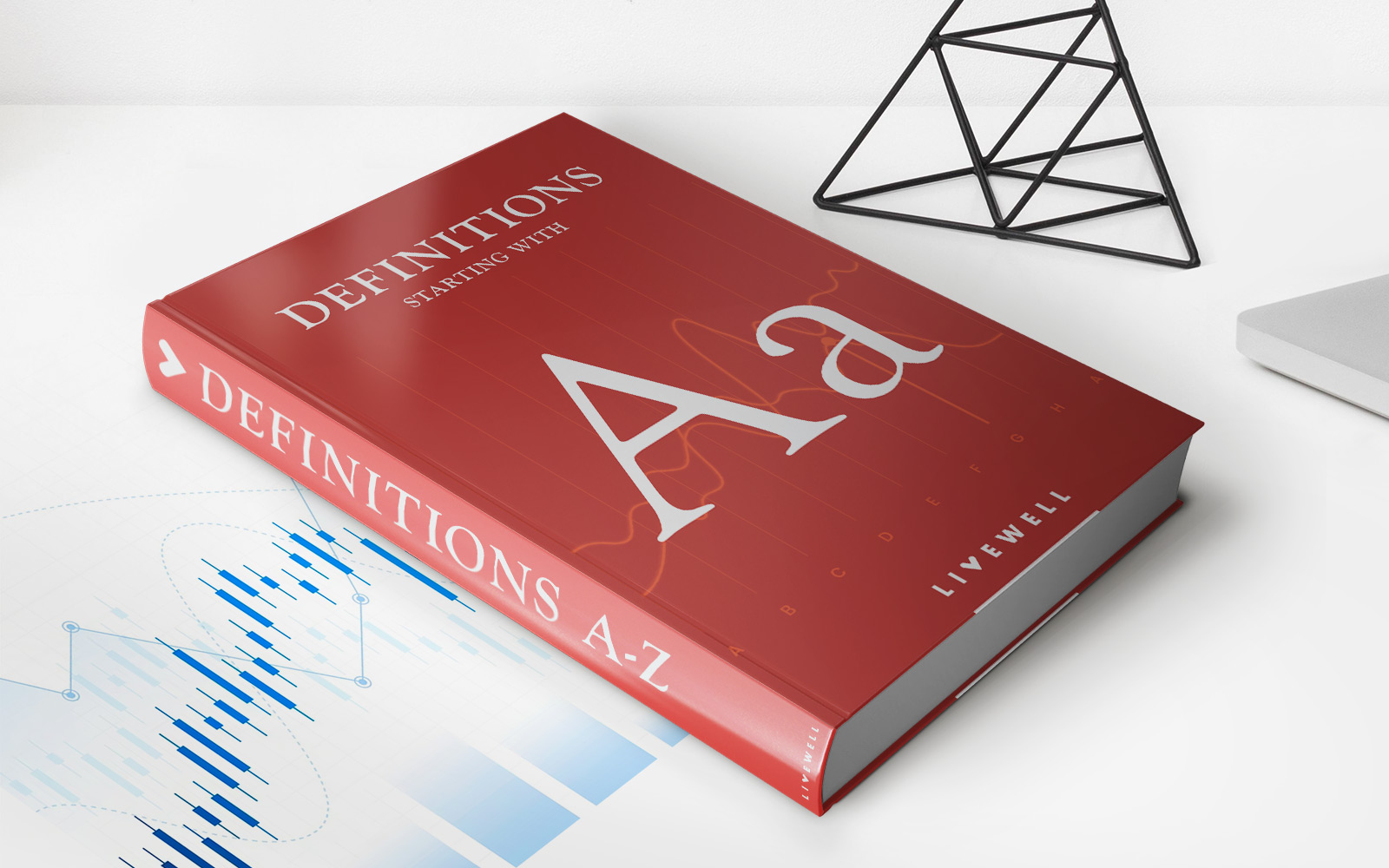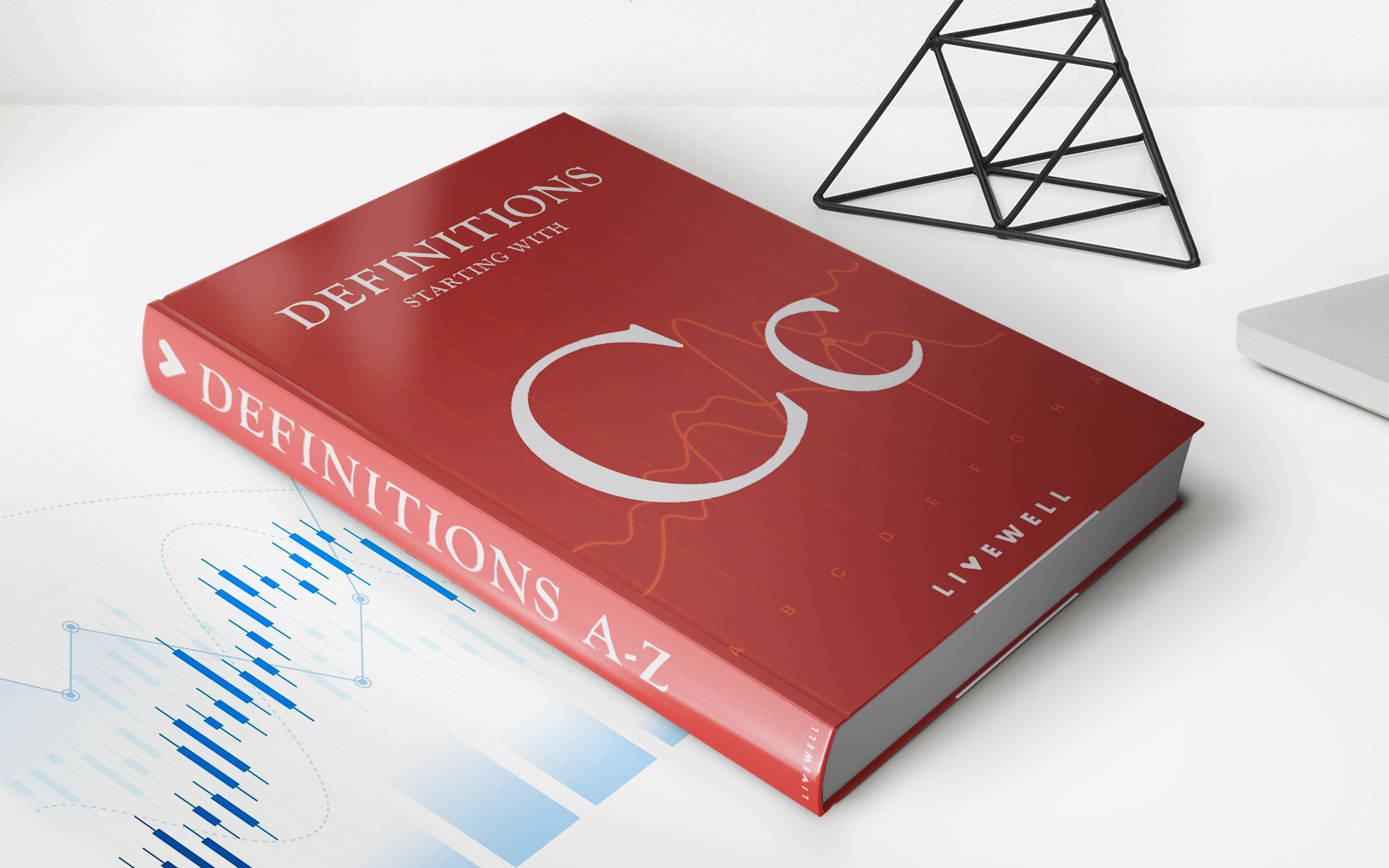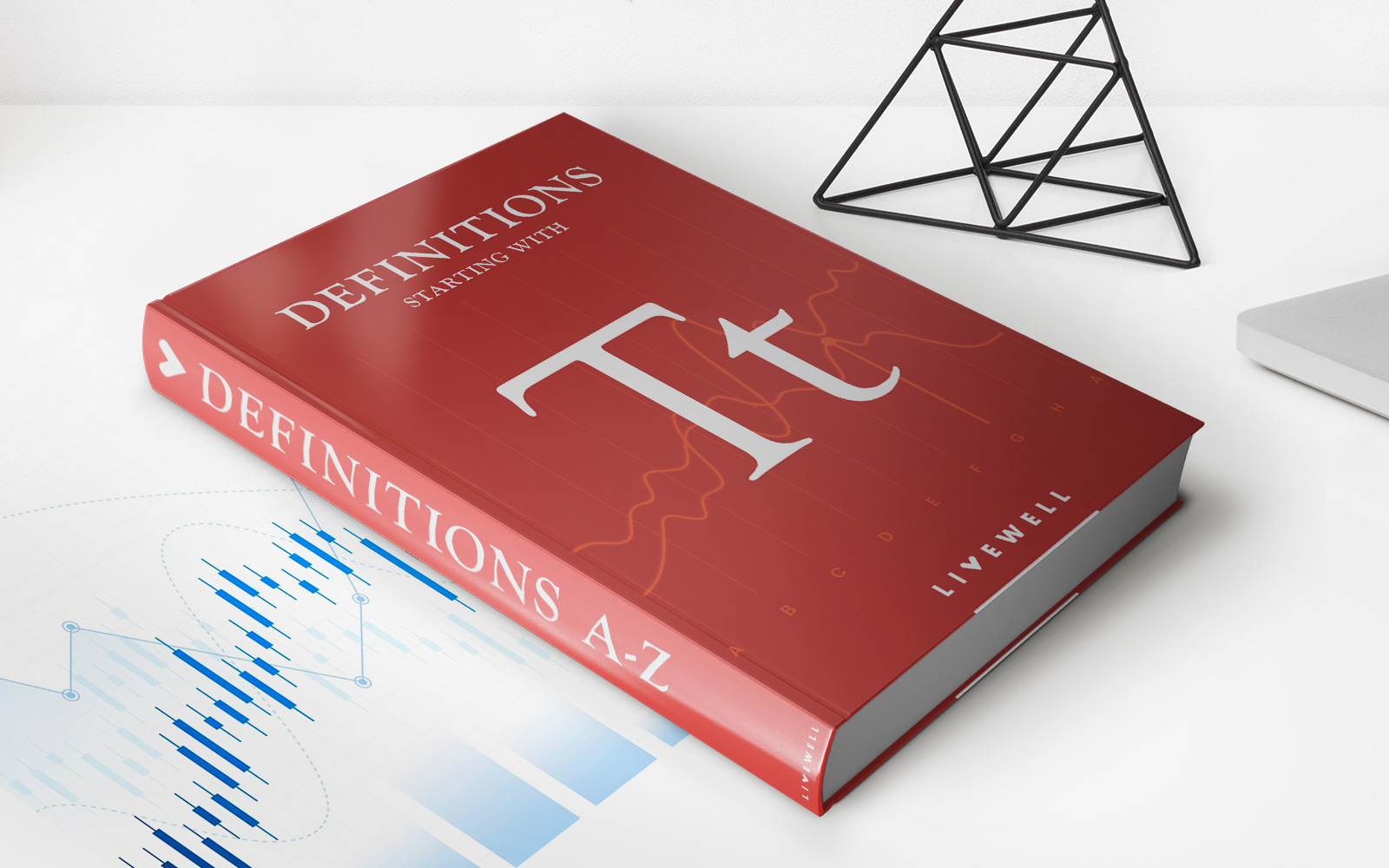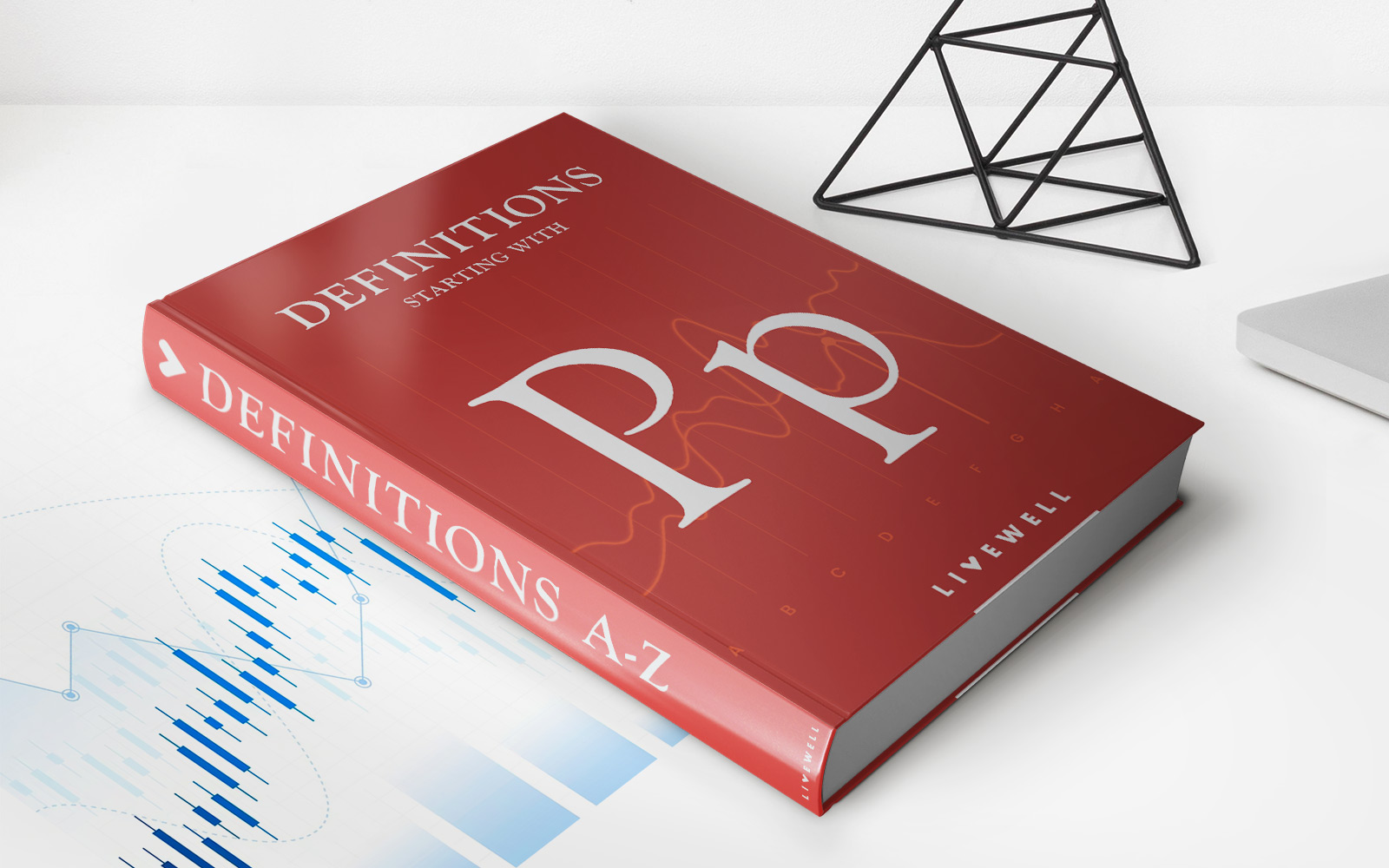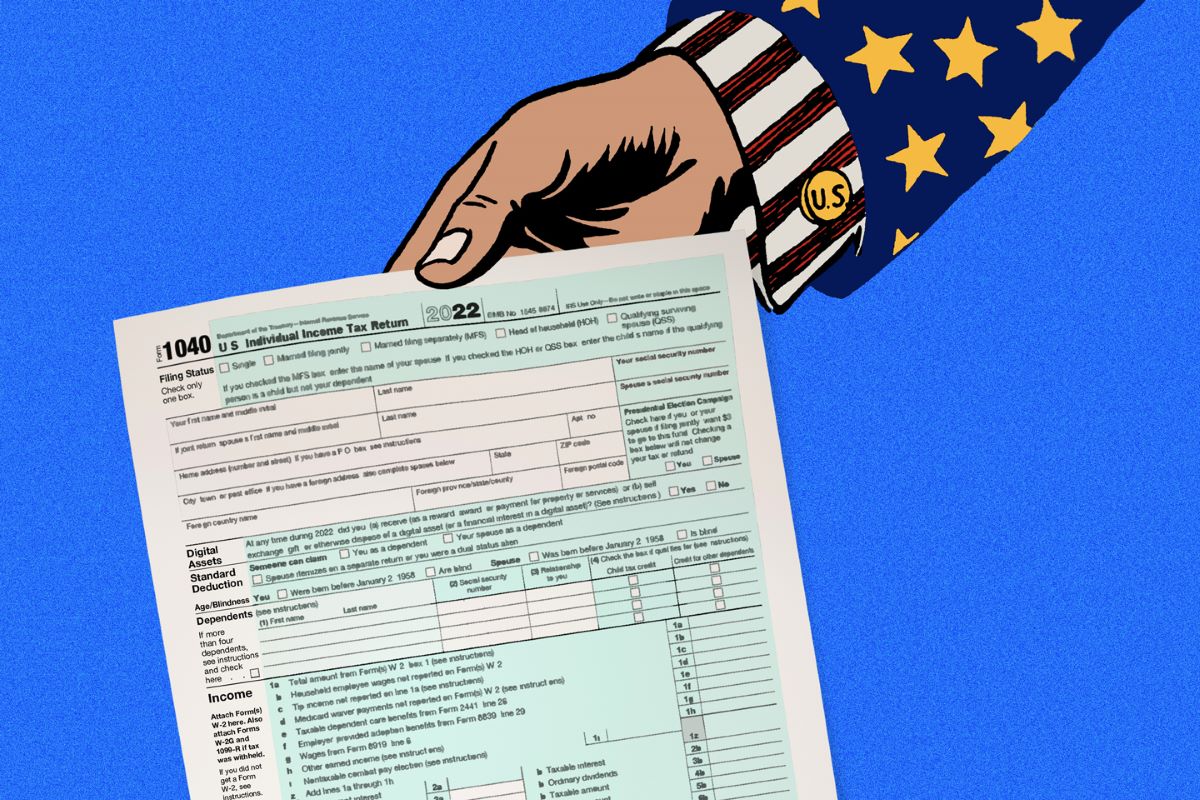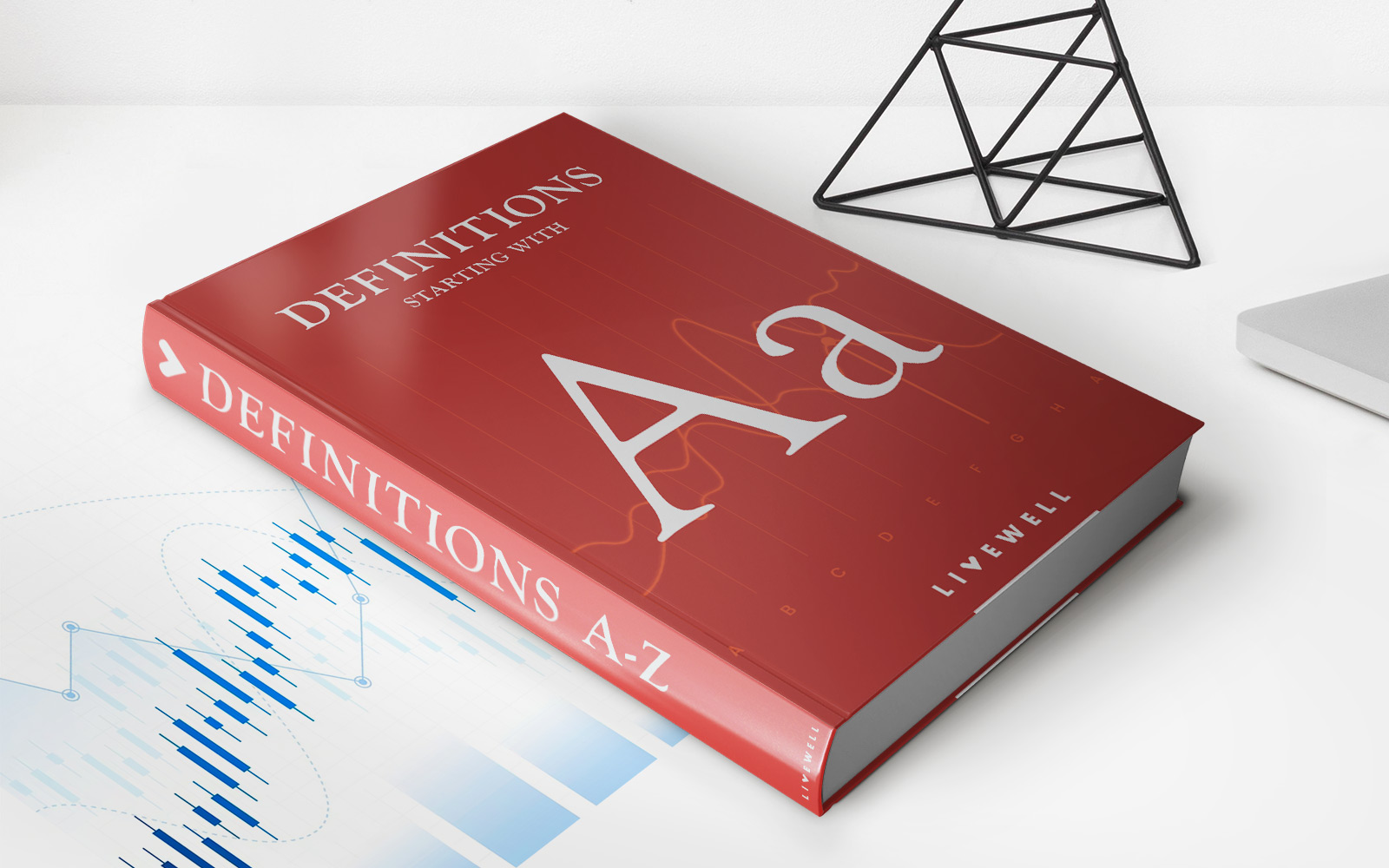Home>Finance>Cost Push Inflation: When It Occurs, Definition, And Causes


Finance
Cost Push Inflation: When It Occurs, Definition, And Causes
Published: November 4, 2023
Learn about cost push inflation in finance, including its definition and causes. Understand when and why this type of inflation occurs to make informed financial decisions.
(Many of the links in this article redirect to a specific reviewed product. Your purchase of these products through affiliate links helps to generate commission for LiveWell, at no extra cost. Learn more)
Cost Push Inflation: When It Occurs, Definition, and Causes
Welcome to our finance blog, where we delve into various topics that impact our economy. Today, we’re going to talk about a term that often crops up in financial discussions: cost push inflation. We’ll explain what it is, why it occurs, and the factors that contribute to it. By the end of this article, you’ll have a clear understanding of cost push inflation and how it affects our daily lives. So, let’s get started!
Key Takeaways:
- Cost push inflation occurs when the overall price level rises due to an increase in the cost of production.
- It is generally caused by factors such as higher wages, increased raw material costs, or government regulations.
What is Cost Push Inflation?
Cost push inflation can be best defined as a situation where the general price level within an economy rises due to an increase in the costs of production for goods and services. In other words, when the cost of producing goods and providing services goes up, businesses pass on these increased costs to consumers by raising their prices. This ultimately leads to a decrease in purchasing power and an overall increase in the cost of living for individuals and households.
Now that we understand the basic definition of cost push inflation, let’s dig into the factors that contribute to its occurrence:
Causes of Cost Push Inflation
1. Higher Wages: One of the primary causes of cost push inflation is an increase in wages for workers. When employees receive higher wages, it directly impacts the cost of production. Companies, in turn, need to adjust their prices to compensate for the increased labor expenses.
2. Increased Raw Material Costs: Another factor contributing to cost push inflation is the rise in the cost of raw materials. If the price of essential inputs such as oil, metal, or agricultural commodities increases, it puts pressure on businesses to raise the prices of their final products or services.
3. Government Regulations: Government regulations can also play a role in cost push inflation. For instance, if new environmental regulations force companies to invest in expensive equipment or adopt costly production methods, it can lead to higher production costs and, subsequently, higher prices for consumers.
4. Exchange Rate Fluctuations: Fluctuations in exchange rates can impact the cost of imported raw materials or finished goods. If a country’s currency weakens against other currencies, it becomes costlier for businesses to import goods, which can result in inflationary pressures.
5. Supply Chain Disruptions: Supply chain disruptions, such as natural disasters or conflicts, can temporarily reduce the availability of raw materials or disrupt production processes. When supplies become limited, it can drive up costs for businesses, leading to cost push inflation.
It’s important to note that cost push inflation is different from demand-pull inflation. While cost push inflation arises due to increased production costs, demand-pull inflation occurs when aggregate demand in an economy outpaces its supply. Both types of inflation can have significant implications for individuals, businesses, and the overall economy.
Conclusion
Cost push inflation is an economic phenomenon that occurs when the cost of production for goods and services rises, leading to an increase in prices. Higher wages, increased raw material costs, government regulations, exchange rate fluctuations, and supply chain disruptions are among the primary factors that contribute to cost push inflation. Understanding these causes can help individuals and businesses navigate the effects of inflation and make informed financial decisions.
We hope this article has provided you with valuable insights into the concept of cost push inflation. Stay tuned for more informative posts on various finance topics!



